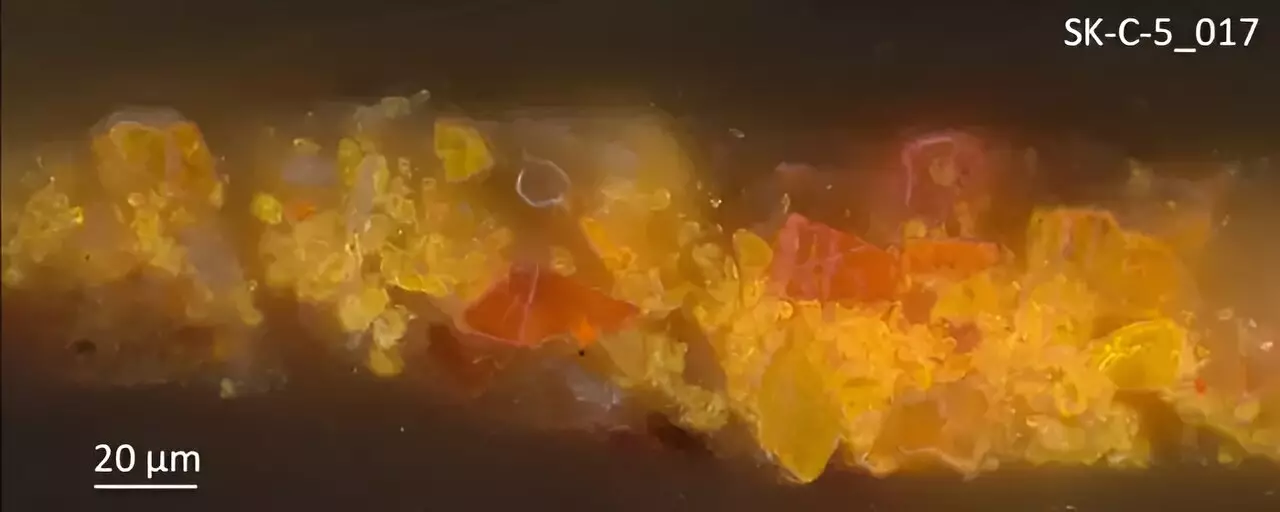The recent discovery by chemists at the Rijksmuseum and the University of Amsterdam has shed light on Rembrandt’s innovative use of special arsenic sulfide pigments in his artwork. Through the careful analysis of his famous painting “The Night Watch,” researchers were able to determine how Rembrandt created a unique “golden” paint by combining pararealgar and semi-amorphous pararealgar pigments.
The research conducted by Frédérique Broers and Nouchka de Keyser delved into the intricate details of Rembrandt’s painting techniques. By utilizing advanced spectroscopic techniques, the chemists were able to map the distribution of the arsenic sulfide pigments in the painting, particularly in the depiction of the golden threading in the clothing of Lieutenant Willem van Ruytenburch.
The implications of this discovery extend beyond mere artistic techniques. The use of pararealgar and semi-amorphous pararealgar in Rembrandt’s work challenges conventional notions of 17th-century Dutch painting. It suggests a wider availability and use of arsenic pigments during that time period than previously believed, pointing to possible trade routes from Germany/Austria and Venice to Amsterdam.
The combination of pararealgar and semi-amorphous pararealgar with lead-tin yellow and vermilion in Rembrandt’s painting not only highlights his technical prowess but also his artistic vision. By intentionally selecting these specific pigments, Rembrandt was able to achieve a stunning golden luster in his artwork, showcasing his mastery of color and light.
The meticulous analysis of Rembrandt’s painting techniques opens up a new chapter in art history. By uncovering the secrets of his “golden” paint, researchers have provided valuable insight into the creative process of one of the greatest painters of all time. This discovery serves as a reminder of the enduring allure and complexity of Rembrandt’s work, inviting viewers to appreciate his artistry in a new light.


Leave a Reply